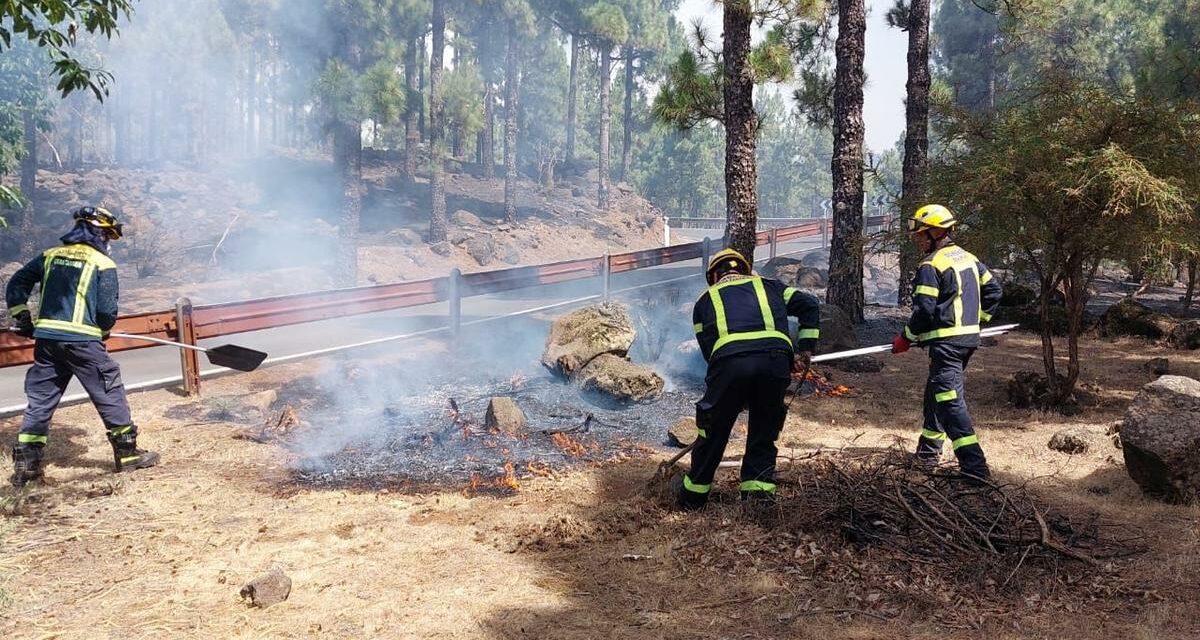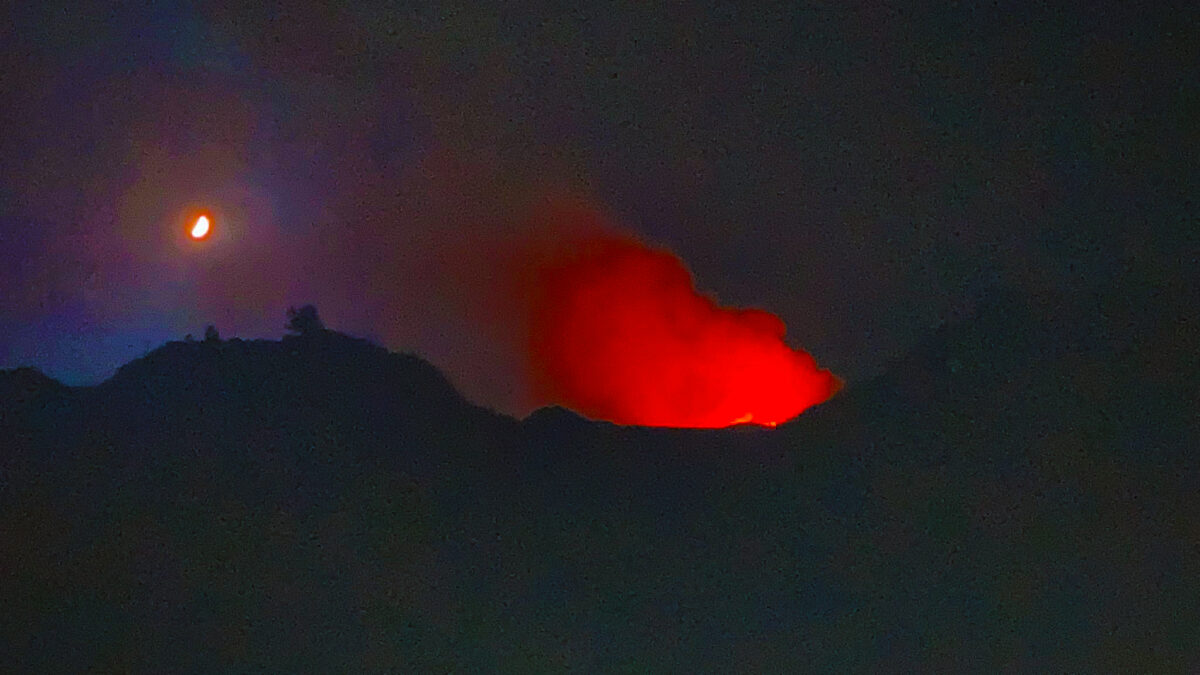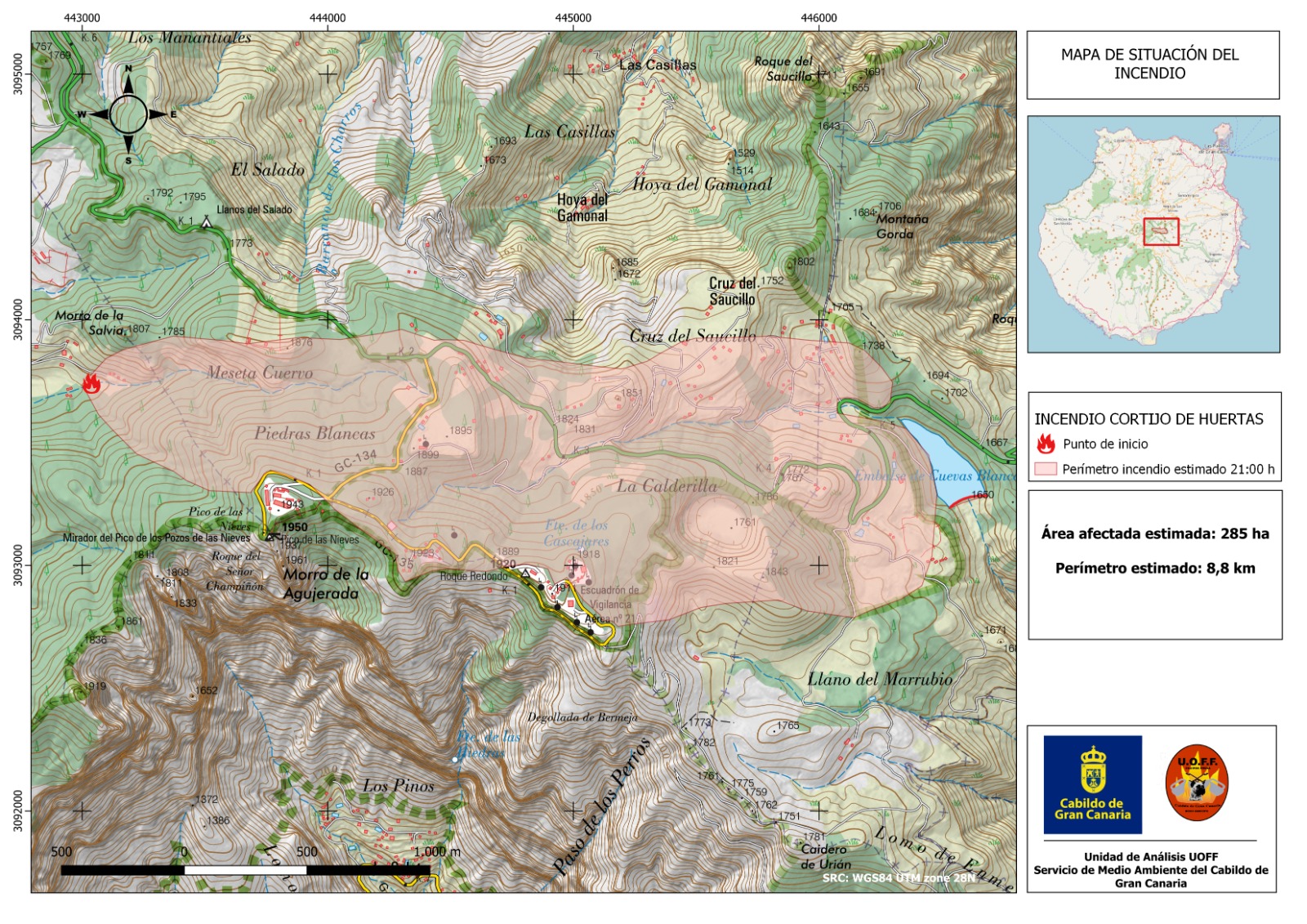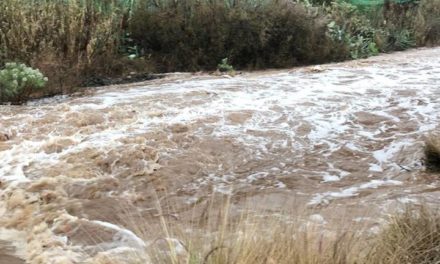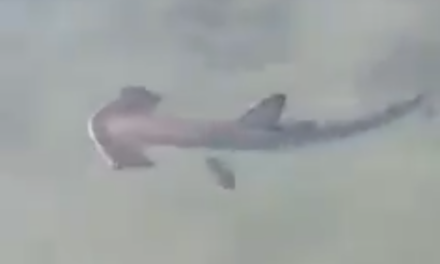It’s an undesirable club to be in, but yesterday afternoon the Summit of Gran Canaria joined Mallorca, Greece, Algeria and Italy in tackling summer wildfires in what is turning out to be an unusually dry and hot year. The president of the Cabildo de Gran Canaria, Antonio Morales, and the coordinator of the firefighting teams, Carlos Velázquez, explained last night that the fire was barely advancing, adding that a large part of its perimeter, along the right flank, is under control, and that weather forecasts for the night were “very positive”, making them optimistic about the prospects of this fire. Nonetheless, above the northeast mountain towns of Valsequillo and Tenteniguada the skies glowed red throughout the night as the fires slowly advanced.
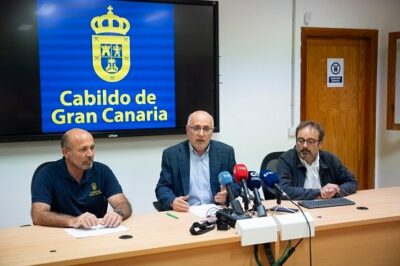 Morales specified that the late afternoon evacuations (around the hamlet of Cuevas Blancas, which is up at the summits overlooking the municipality of Valsequillo, and the almost 100 children evacuated from two camps) were simply carried out as a precaution, because in reality at no time has the fire come dangerously close to populated areas.
Morales specified that the late afternoon evacuations (around the hamlet of Cuevas Blancas, which is up at the summits overlooking the municipality of Valsequillo, and the almost 100 children evacuated from two camps) were simply carried out as a precaution, because in reality at no time has the fire come dangerously close to populated areas.
During the night, work has been concentrated along the left flank of the blaze, between the Cuevas Blancas and Roque Saucillo, and 70 workers continued to work to control the perimeter which has made it possible to halt any progress towards the neighbouring municipality of Valsequillo.
At the head of the fire, located in the Caldera de los Marteles, containment work has been carried out, so the blaze has not evolved very much.
The front of the fire burned on the upper edge of this caldera through the night though has made little progress after going upwind, and breaking up into several smaller fronts.
Anchoring manoeuvres are still being carried out, to try to keep the blaze in place, and the first of the aerial deployment has begun again from dawn, say the Gran Canaria Cabildo, which this morning, at around 10am, plans to report at a press conference on the evolution of this fire.
Island President, Antonio Morales, head of the Cabildo de Gran Canaria, explained that close to a hundred firefighters and up to nine planes were working to put out the fire, which so far has burned more than 285 hectares of forest, but fortunately has not damaged any buildings. The situation is close to being stabalised.
Spanish airport operator AENA confirmed that Gran Canaria airport, on the eastern coast, is operating normally.
This morning, and throughout the day, air resources, are going to concentrate on the main front, that has been divided during the night into small pockets that are easier to attack, with the 8 helicopters and the plane used to dump water over the affected area. On land, more than 150 people are being redeployed to try to stabilise the entire perimeter throughout this morning, and there is optimism that the weather conditions will be favourable, with an increase in humidity and decreasing winds, to accompany the work to extinguish the blaze, which some cautiously estimate at now 70-80% controlled.
The flames, which started on Tuesday afternoon, just after 13:00, have affected the mountainous central part of the island, near the Tejeda summits, and well away from the popular southern tourist resorts, though there have been reports of some television channels being unavailable which is believed to have occurred while the blaze was just a few meters from the large mountaintop array of antennas that provide telecommunications to the south, some of which are also connected to air traffic control.
Durante la noche los trabajos se han concentrado en el flanco izquierdo (Cuevas Blancas-Roque Saucillo) frenando la progresión hacia Valsequillo
En cabeza de incendio (Caldera de los Marteles) se han realizado trabajos de contención, por lo que no ha evolucionado mucho #IFTejeda pic.twitter.com/CvSKqCHnDj
— Cabildo Gran Canaria (@GranCanariaCab) July 26, 2023
During the night the work has concentrated on the left flank (Cuevas Blancas-Roque Saucillo) stopping the progression towards Valsequillo At the head of the fire (Caldera de los Marteles) containment work has been carried out, so it has not evolved much #IFTejeda

